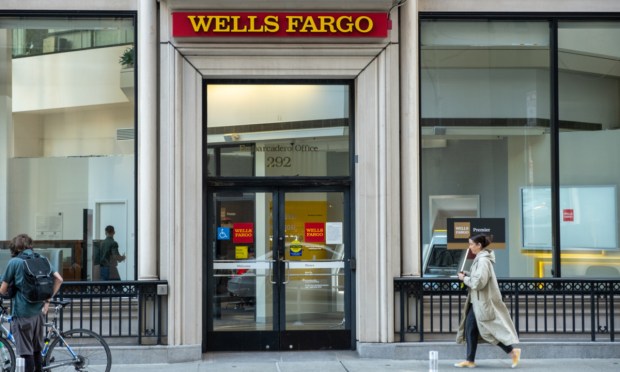
Are corporate borrowers resigned to higher interest rates? Wells Fargo thinks so.
In an interview with Bloomberg Television on Friday (Sept. 15), Maureen O’Connor, global head of high-grade debt syndicate at the bank, said companies are seeing a desire for new bond sales in investment-grade and high-yield debt markets — and many executives are using this as a chance to tap U.S. debt markets.
“You’re starting to see, around the edges, a little bit of acquiescing,” she said, noting that some borrowers are “willing to lean in and recognize that this higher-for-longer narrative is probably with us for some time.”
The report notes that this month has been historically busy for the high-grade and junk debt markets, with more than $110 billion of bonds sold worldwide last week, marking the busiest start to any September on record.
O’Connor noted that as companies await the Federal Reserve’s next rate decision, they’ve shifted from asking when borrowing costs will come down but rather, When will they peak?
“Is now the right time to be levering up your balance sheet, refinancing debt, funding acquisitions, digging into capex [capital expenditures] at these elevated rate levels?” she said. “Or is this the rate environment we’re going to be in for some time?”
Meanwhile, PYMNTS wrote in August that data released by the Federal Reserve showed the pressure being built up in the consumer lending space.
Last month, the central bank released figures showing household debt had reached $17 trillion, findings that followed an estimate earlier in the year showing credit card debt passing the $1 trillion mark. Overall, according to the Fed’s numbers, cumulative household debt has risen by $2 trillion since just before the pandemic.
Banks, meanwhile, have released earnings figures showing charge-off rates for consumer loans and credit cards creeping up, though still below Great Recession numbers.
“So, the situation may not be dire, and perspective, as they say, is everything,” PYMNTS wrote. “But the trend on charge-offs is up and to the right, and it bears watching.”
In the meantime, as the Fed reported last month, savings cushions that were padded during the pandemic have been largely thinned out. Those savings had reached $2 trillion at their peak but could be soon exhausted if they aren’t already.